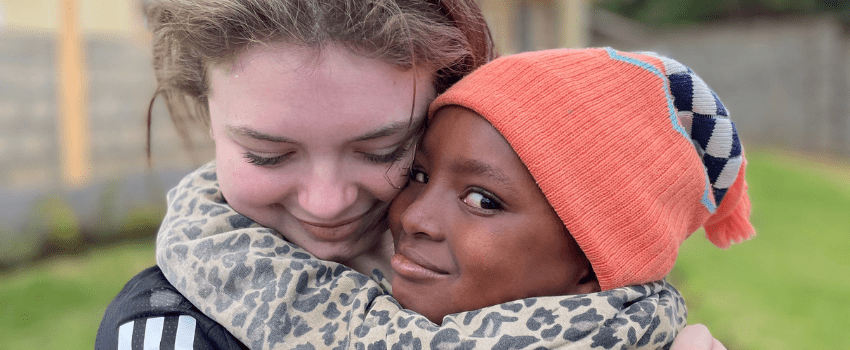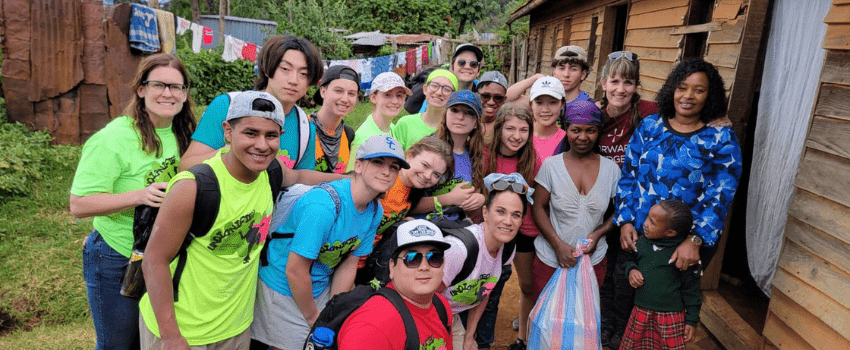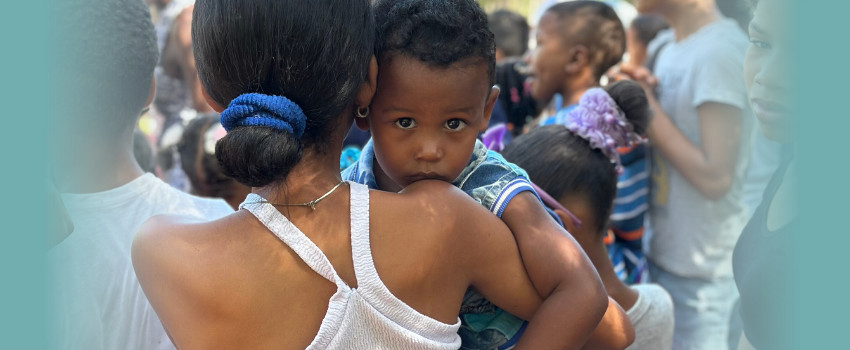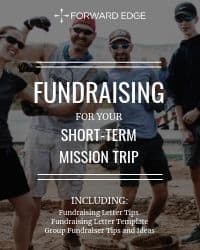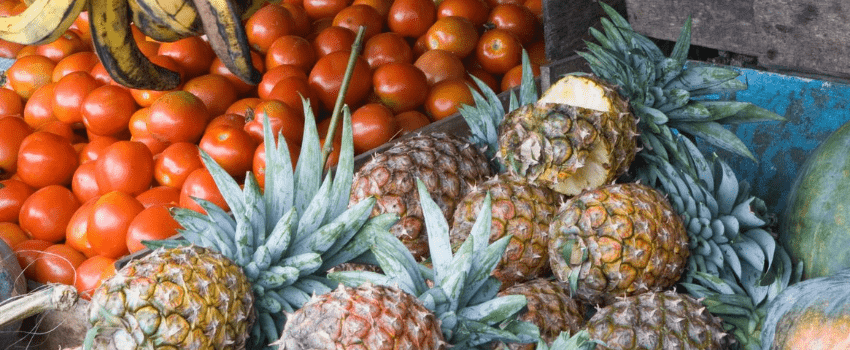
Micro-Loans Change Lives in Nicaragua
Most families living in extreme poverty have very little opportunity to grow economically. Even if the will and grit to persue entrepeneurship is there, the start-up funds are not. Micro-lending is an increasingly integral part of international community development. Individuals wanting to start a small business are able to borrow

